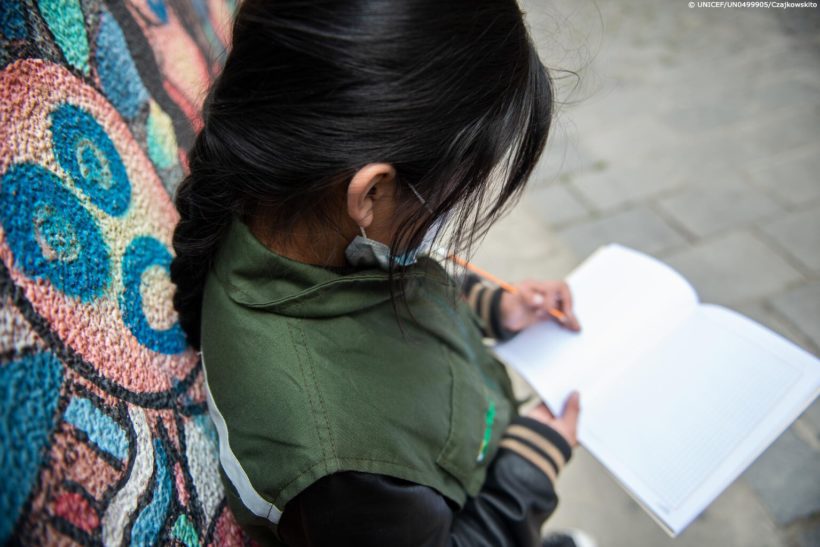Violence against women is a manifestation of an eternal war for power.
The dominance of patriarchy is the dark mark of an atavistic struggle, through which women try to conquer their independence – each time with better weapons – and build a life of freedom. This eternal confrontation is not about customs or traditions, but about a guerrilla war waged by one sector of the population – armed with all kinds of weapons: legal, physical and doctrinal – against another that possesses only the certainty of its reason. And so the centuries have passed.
To begin to understand the scale of this system of domination, it is necessary to go beyond appearances and measure the enormous impact on the lives of more than half the world’s population. This not only translates into apparent violence in the form of physical, social and psychological abuse, whose constant presence impedes the full development of girls, adolescents and adult women, but also in the underhanded way in which they are condemned to economic dependence thanks to the harmful influence of a distorted vision of motherhood and family, marked by illegitimate authority.
From such a scheme of historical injustice, it is understandable how societies tolerate abuse, torture, marginalisation and extreme cruelty against women just because they are women. A glance at the statistics is enough to show how fragile their status is and how they are prevented from achieving full control over their lives and bodies. In underdeveloped countries, this reality is overwhelming and paints an aberrant picture of the feminine as weak – physically and intellectually – and naturally subordinate, both in legal and religious doctrines.
Hence, every attempt to advance and clear the way for the full development of the female sector has encountered the greatest obstacles, even from within its own sphere. The fact that, having found it necessary to conquer every bit of freedom by breaking – often violently – religious, social and legal obstacles in order to occupy a place in the real world, they have been mocked, rejected and condemned, is reason enough to reflect on this absurd power structure. In the domestic, work and social spheres, women still occupy a space subject to condescension and political correctness rather than full entitlement.
This portrayal is not a distorted view of reality. It is evident in the aberrant figures of femicides, kidnappings, disappearances, trafficking and rapes against girls, adolescents and women, crimes that go unpunished and rarely, if ever, reach the stage of investigation and conviction. They are the ones who are absent in societies indifferent to their condition as human beings, with all that this implies in terms of respect, autonomy and capabilities. They are the ones who have experienced firsthand the contempt of their peers and the abandonment of society.
Underlying this drama of injustice is the eternal struggle for power. From it emerges the enormous machinery of patriarchy, whose pre-eminence rests on an authority imposed by force and the enormous advantages of having at its disposal a whole contingent of women capable of contributing, by the force of tradition, their unpaid work, their creative wealth and their endless resistance to pain. The struggle to claim their rights faces – for obvious reasons – fierce resistance.
The place of women in society is still a pending issue.






